
Mega Man Battle Network
Mega Man Battle Network
On this day in 1987, a playful little blue robot named Mega Man debuted around the world.
Armed with a gun for an arm, the Mega Man series would become insanely popular among platformer and action-RPG junkies and would spawn 50 additional games, a handful of TV, anime, comic, and film adaptations.
As one of the longest-standing action platformers to ever exist, Mega Man has seen its share of highs and lows, but there remain 10 entries that stand apart from the pack and showcase all the qualities that made the series so darn enjoyable.
Mega Man X8
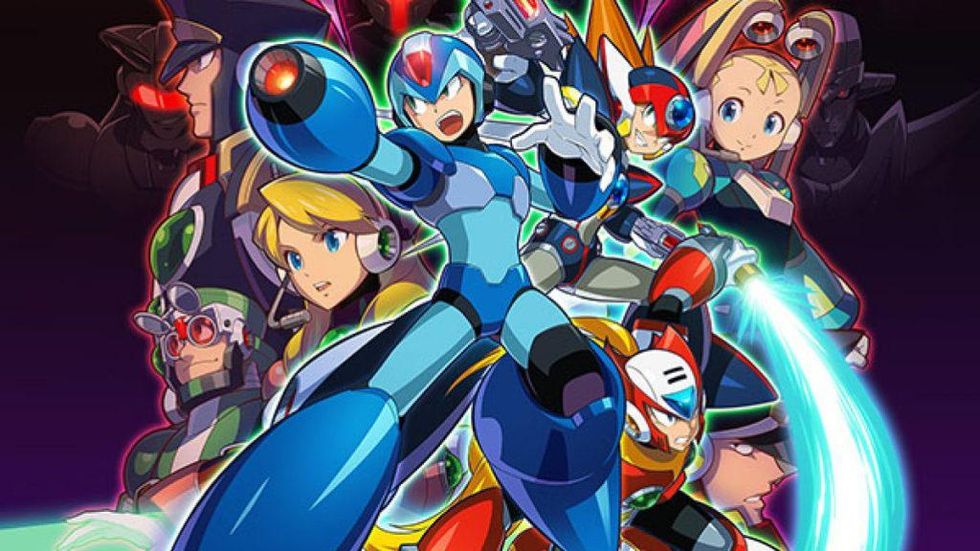
Mega Man X8
The Mega Man X series was one of the most overlooked sub-series, but while critics scorned X8 for its tepid level design and difficult gameplay, memorizing a map and dodging those one-kill spike-things bred a deep level of satisfaction.
The gameplay was fast and unforgiving, the combat colorful, and the difficulty was only suited for Mega Man fans who really wanted a challenge. You could also control two characters at once, and those R2 combos felt so good to time and initiate correctly. It was definitely one of the sub-series’ weaker debuts, but to disregard it entirely would feel somewhat like a disservice.
Mega Man ZX Advent
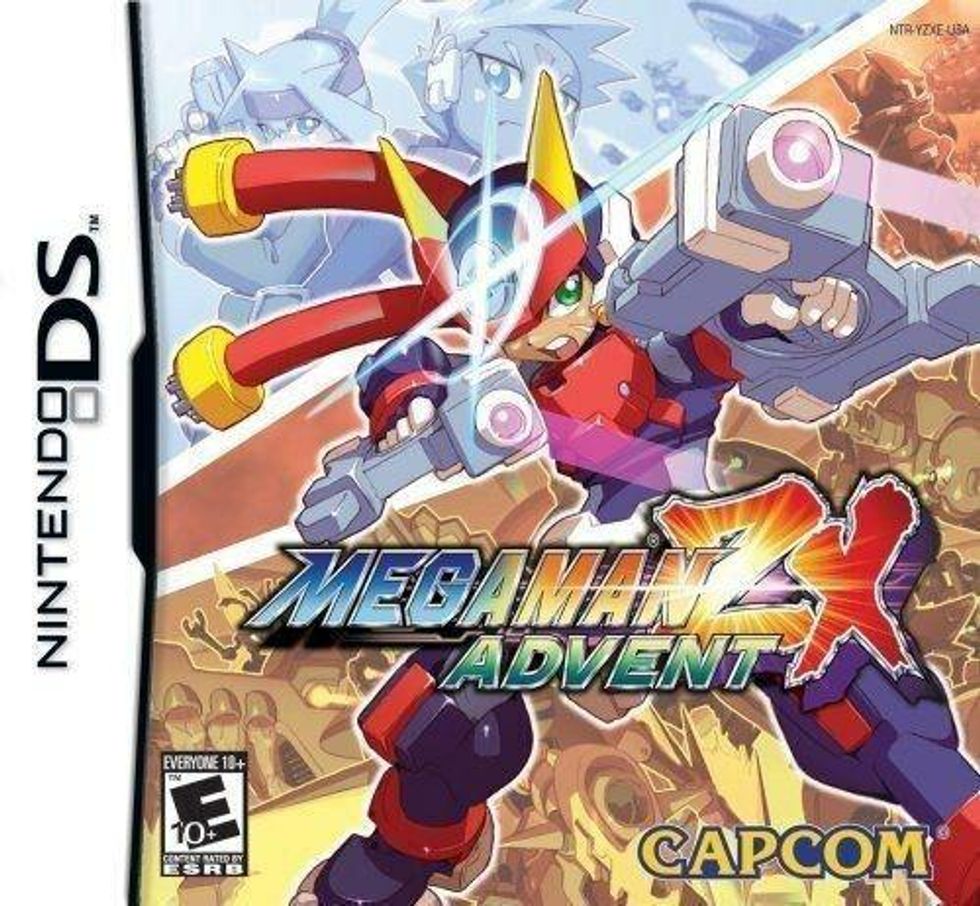
Mega Man ZX Advent
One of the saga’s lesser-known subseries, Mega Man ZX Advent wasn’t as popular as its other handheld constituents but remained a fun Capcom rehash whose enjoyment surprised almost everyone when it was released to Nintendo DS back in 2007. Leaning more into the action/RPG hybrid of previous Mega Man games like Battle Network and Megaman ZX, Advent was far more stylized and colorful.
Advent’s open-world map also worked much better on DS touch screen than its predecessor, and the ZX sequel designed the controls to work more intuitively as well. These minute changes made for snappy gameplay that felt more fluid than past Mega Man games. Characters could dash, jump off walls, and overall bounce around any map with minimal effort.
The game’s greatest achievement came in the form of “Biometals,” collectible orbs that allowed your player to absorb the powers and overall identity of a defeated boss. It was a refreshing new invention that made for some unique gaming moments. Advent also offered snippets of voice acting throughout the game’s cutscenes, but collectively they were pretty terrible.
Mega Man Xtreme 2
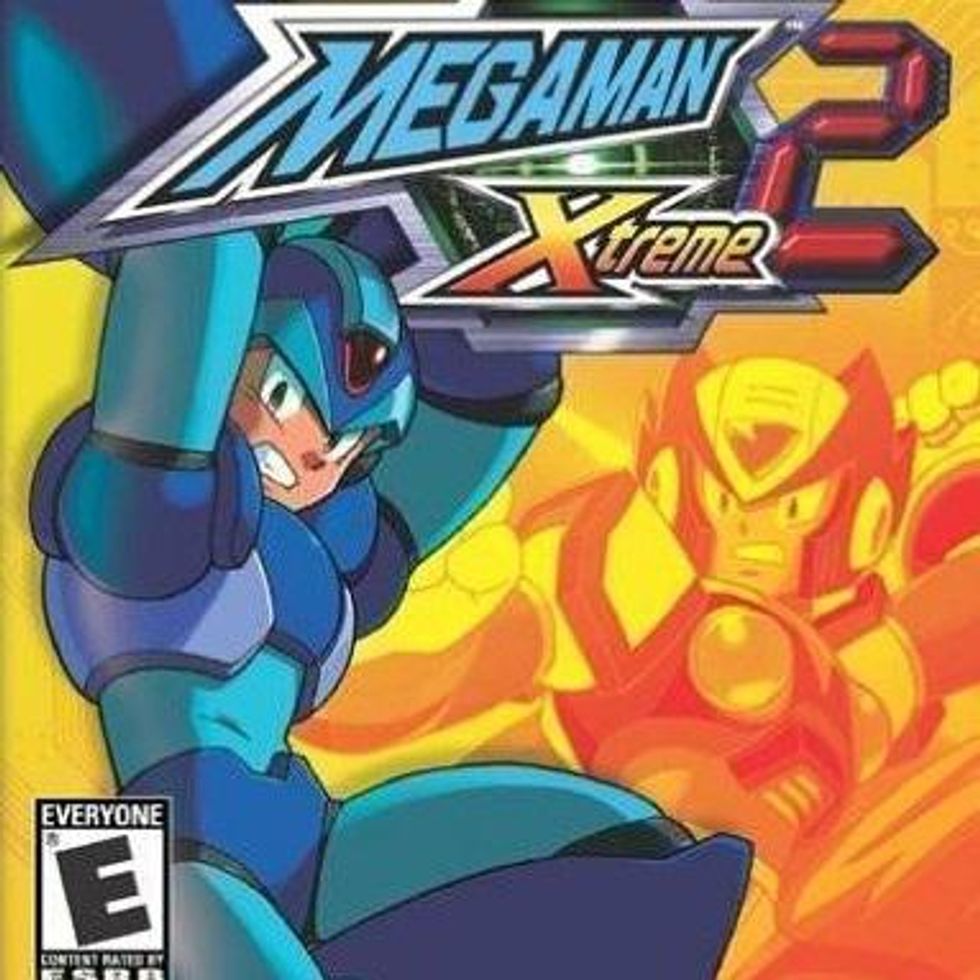
Mega Man Xtreme 2
One of the only entries to trek onto the GameBoy Color, Mega Man Xtreme 2 was for the young millennials whose parents wouldn’t cave and just buy them a Gameboy Advance – where most of the series’ better handheld entries existed. But Mega Man Xtreme 2 scratched that itch just fine, as it was a robust and surprisingly complicated game that offered a lot of great boss battles, explorative gameplay, and just an overall fun experience. Plus, you could play as Zero, who we all know is way cooler than Mega Man.
Mega Man X2
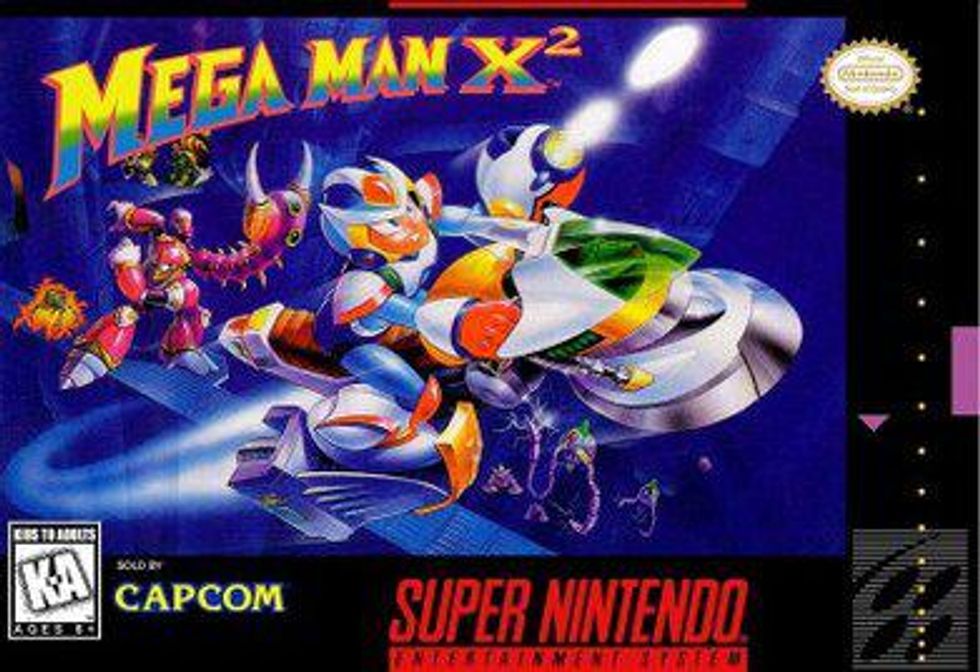
Colorful level designs, satisfying boss battles, and intuitive gameplay mechanics made Mega Man X2 the best addition to the X sub-series and one of the best side-scrolling platformers to come from the Capcom saga in general. X2 focused heavily on platforming, which made for fast-paced and captivating combat scenarios that were as frustrating as they were compelling.
X2 placed far more emphasis on the fluid movement of the Mega Man series. Dashing, wall jumping, all of it imperative to master. The storyline was also a twinge darker than past entries, and little additions like reserve energy tanks and improved armor upgrades made X2 a joy to play. As is the case with most X entries, Capcom didn’t reinvent the wheel by any stretch in terms of gameplay, but the addition of hidden rooms and special boss battles made for some refreshing moments.
Mega Man & Bass
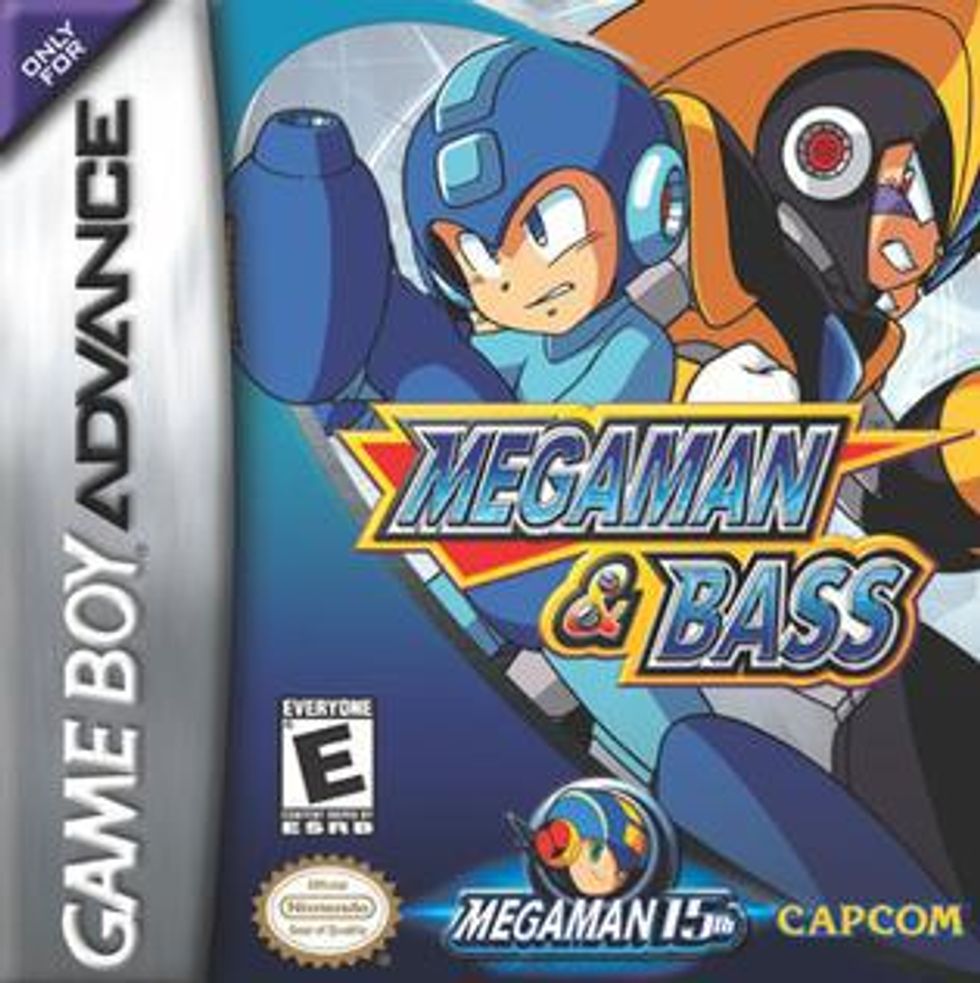
One of the most underrated Mega Man entries, Mega Man & Bass was actually a great platformer. You could play as either Mega Man or his foe Bass, and both characters had distinctive pros and cons in terms of combat and powers that made each character feel like their own individual.
It had all the tried-and-true gameplay mechanics of a classic Mega Man entry, but a surprisingly vast shop system made for a fun range of power-ups to purchase and use. Mega Man & Bass didn’t refresh the series, but regardless remained a captivating 2-D platformer that would satisfy Mega Man veterans or newcomers alike.
Mega Man Legends 2
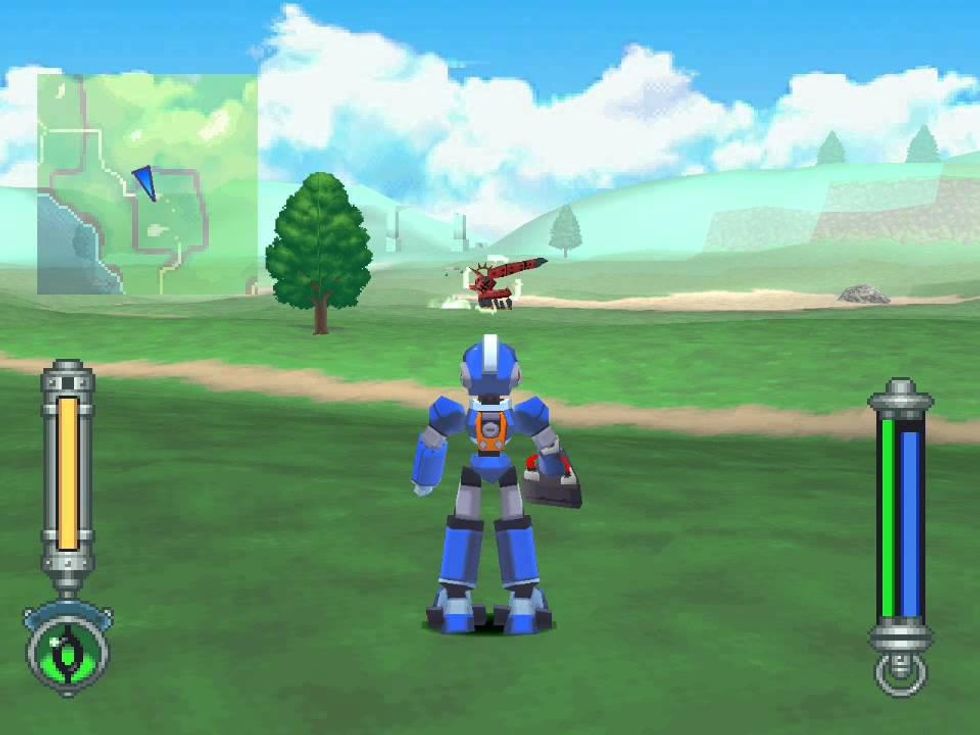
Mega Man Legends 2
Mega Man Legends was an iconic game to begin with. The first Mega Man sub-series from Capcom and only the second 3D Mega Man title created, Legends offered smooth graphics (at the time), adorable characters, fun, (albeit relatively janky) combat, and a fairly lighthearted story to tie it all together.
But the game’s sequel drastically improved on the game’s controls and significantly polished its animated graphics. Offering four different control layouts and multiple customizable options within that, Capcom no doubt listened to the complaints of wacky controls that plagued the last entry. You could also lock on to enemies and quickly sweep through your angles with more precision thanks to a redesigned camera, which collectively made for smoother gameplay and just a less stressful experience.
The game’s open-world layout was also more expansive than the one-town island of its predecessor. With airships, multiple towns, a few dangerous remote areas, Mega Man Legends 2 placed a significant emphasis on exploration, making for a longer and fuller experience. But to be honest, trying to and escape those water ruins still breeds deep-rooted contempt in this writer to this day.
Mega Man Battle Network 3
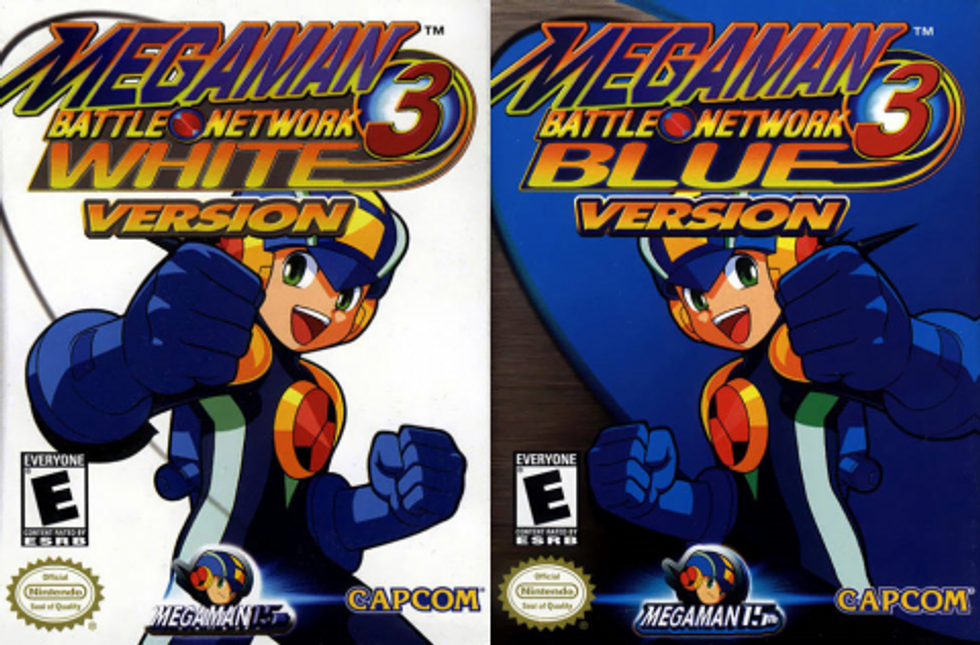
Mega Man Battle Network 3
The Mega Man Battle Network series was one of the most beloved sub-series of all time, so much so that it even spawned a four-season cartoon spin-off that lived on WB Kids – the go-to cartoon destination for any American kid on Saturday mornings. While the games themselves birthed six awesome entries before concluding in 2009, the saga’s third outing was a particular highlight for the series.
It sprinkled in some new features, like a more streamlined and integrated inventory system and some experimental new battle styles for Mega Man, but mostly it was just a cleaner reiteration of the tried-and-true Battle Network mechanics that made the series so much fun to begin with. Action-RPG elements remained complex and enjoyable, and the game’s lighthearted characters were still extremely likable.
Not to mention the third entry came in two distinct versions, Blue and White, each of which offered distinctive battle-chips catered for that version. Battle Network 3 also offered the Navi Customizer, an excellent new strategic plugin that helped Mega Man unlock new abilities.
Mega Man 3
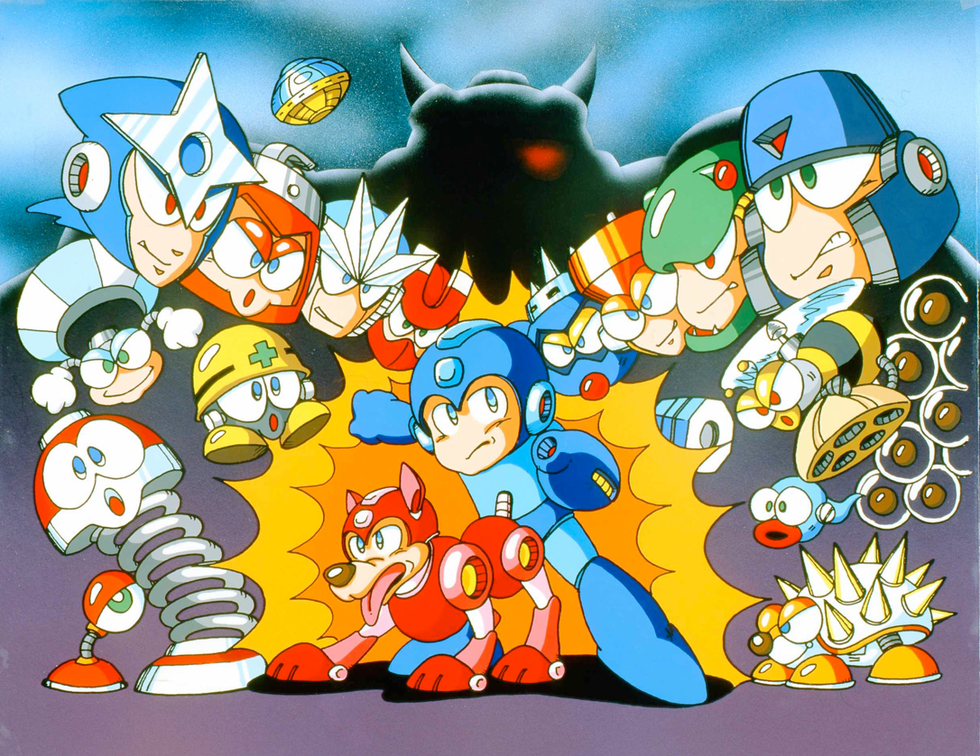
Obviously, the 8-bit classic saga will place high on this list. For as fun as each sub-series was, the traditional platformer still provided some of the best gameplay the series had to offer. Mega Man 3 was great because it improved on everything fans adored about Mega Man 2 and added some flashy new features, like new characters and intricate level designs to help it feel like its own game.
The seemingly minuscule addition of the “slide” dodge maneuver made combat feel much more fluid, and being able to call on Rush the Robot Dog to get you out of sticky situations was really helpful. The game also comes with a great twist: When you defeat the game’s eight initial bosses, Mega Man 3 offers players a whole new set of maps to play through. It’s small twists like that that solidified Mega Man 3’s place as one of the best entries in the series.
Mega Man Zero 3
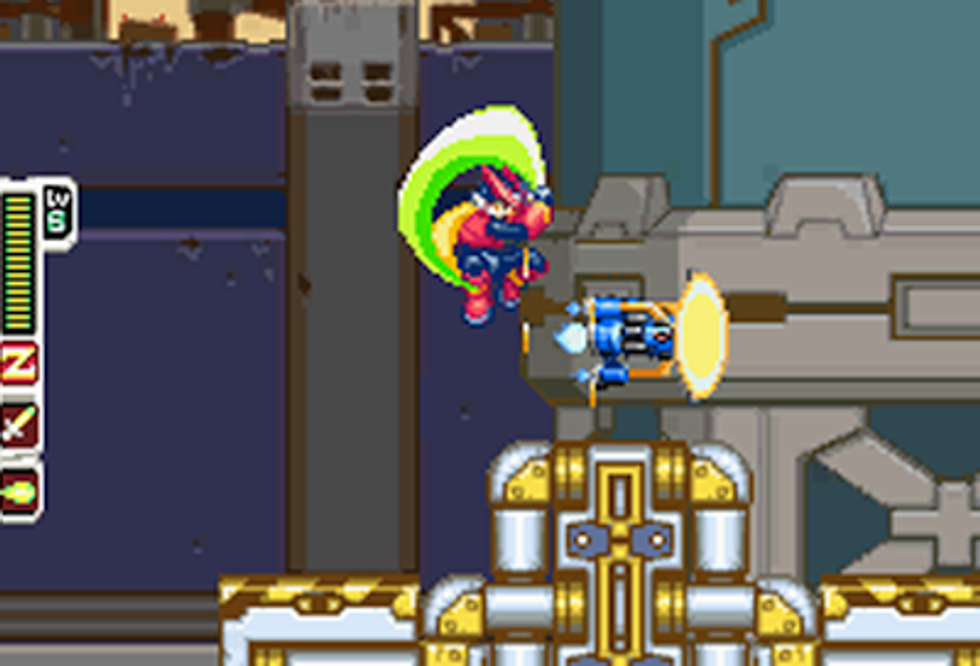
Mega Man Zero 3
The Mega Man Zero series, similar to the Battle Network series, was highly beloved among Mega Man fanatics. While its predecessors were a great amount of fun, Mega Man Zero 3 is probably the best Game Boy Advance entry out of the whole lot.
The bosses were huge and scary, Zero’s suit and armor upgrades were abundant, and the combat was at times difficult but never agonizing. Zero was always cooler than Mega Man, and giving the Reploid robot his own standalone series was the best idea Capcom could have had.
Each level is intricate and detailed, with multiple opportunities throughout to discover secret passageways via wall-jumping and using the flame buster to remove concealing shrubberies. The 3rd entry also thrives because of its varietal boss battles, with each one having a unique range of attacks that keep players on their toes. Zero’s arsenal is also twice as large as that in Zero 2. The addition of new elemental suits and the “cyber elf” customizable options are just a handful of other reasons why Mega Man Zero 3 is the best handheld Mega Man game ever.
Mega Man 2
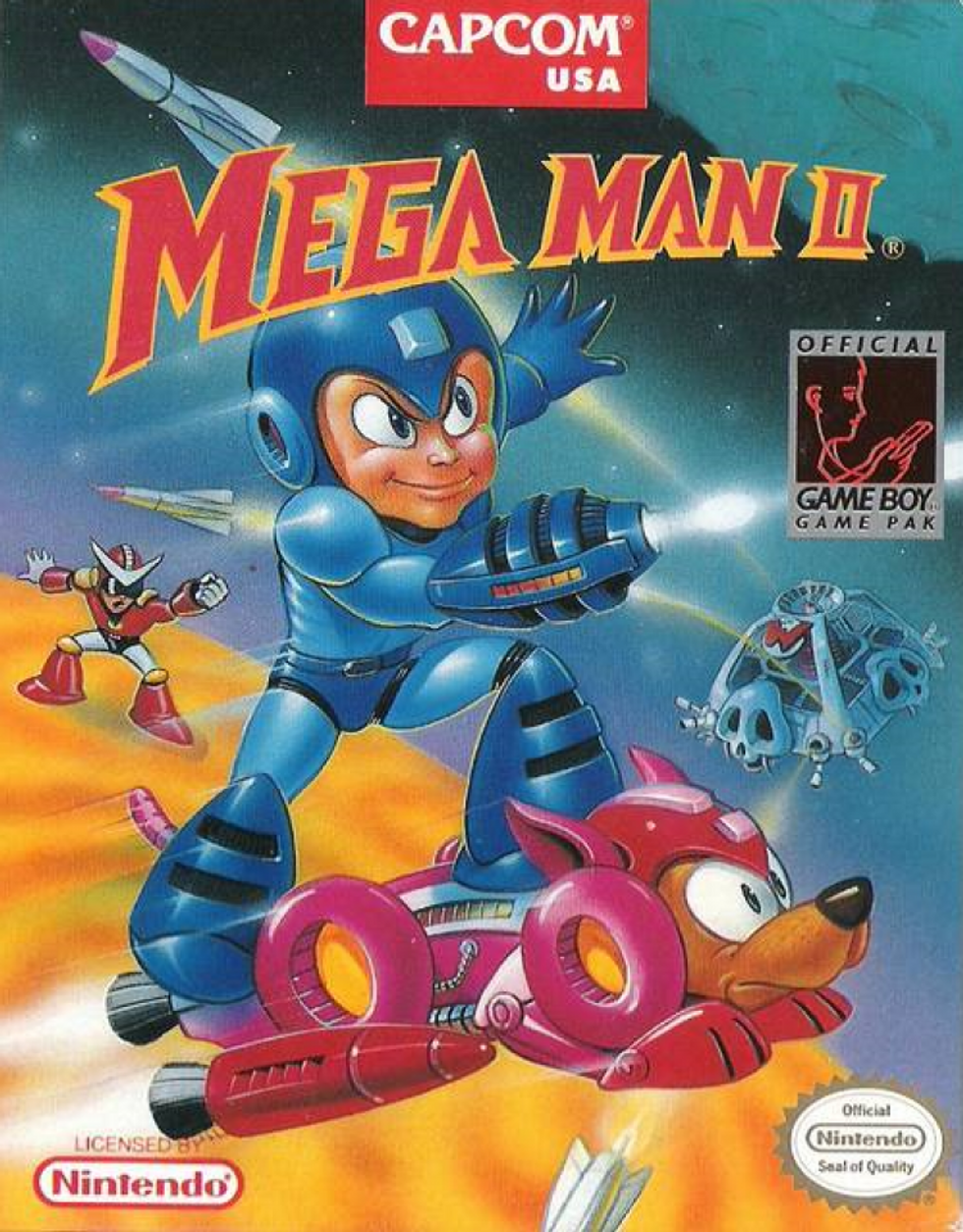
Mega Man 2 is regularly cited as the greatest Mega Man game of all time, and to describe its cultural importance in three paragraphs is nearly impossible. While the series debut went relatively unnoticed, its sequel birthed an international fandom that propelled the series from that point on.
It just gets everything right. The bosses are unique and satisfying to defeat, the gameplay is fast but not too maniacal, and it has the best weapon to ever exist in the series: Metal Man’s Metal Blades. The powerful buzzsaws could be hurled in any direction to decapitate foes, dealt insane damage to any enemy, and were a blast to use.
Other fun gadgets like “Time-Stopper” and “Atomic Fire” were game-changers and would continue to appear in other Mega Man entries to come. But the thing that sets this game apart from the pack is its explosive endgame boss battles, all of which get even more difficult when you return for a second playthrough. Mega Man 2 laid the groundwork for every great entry that came after it, and to this day it’s still an absolute blast to play.













